Home>Furniture>Outdoor Furniture>What To Put Between Patio Stones
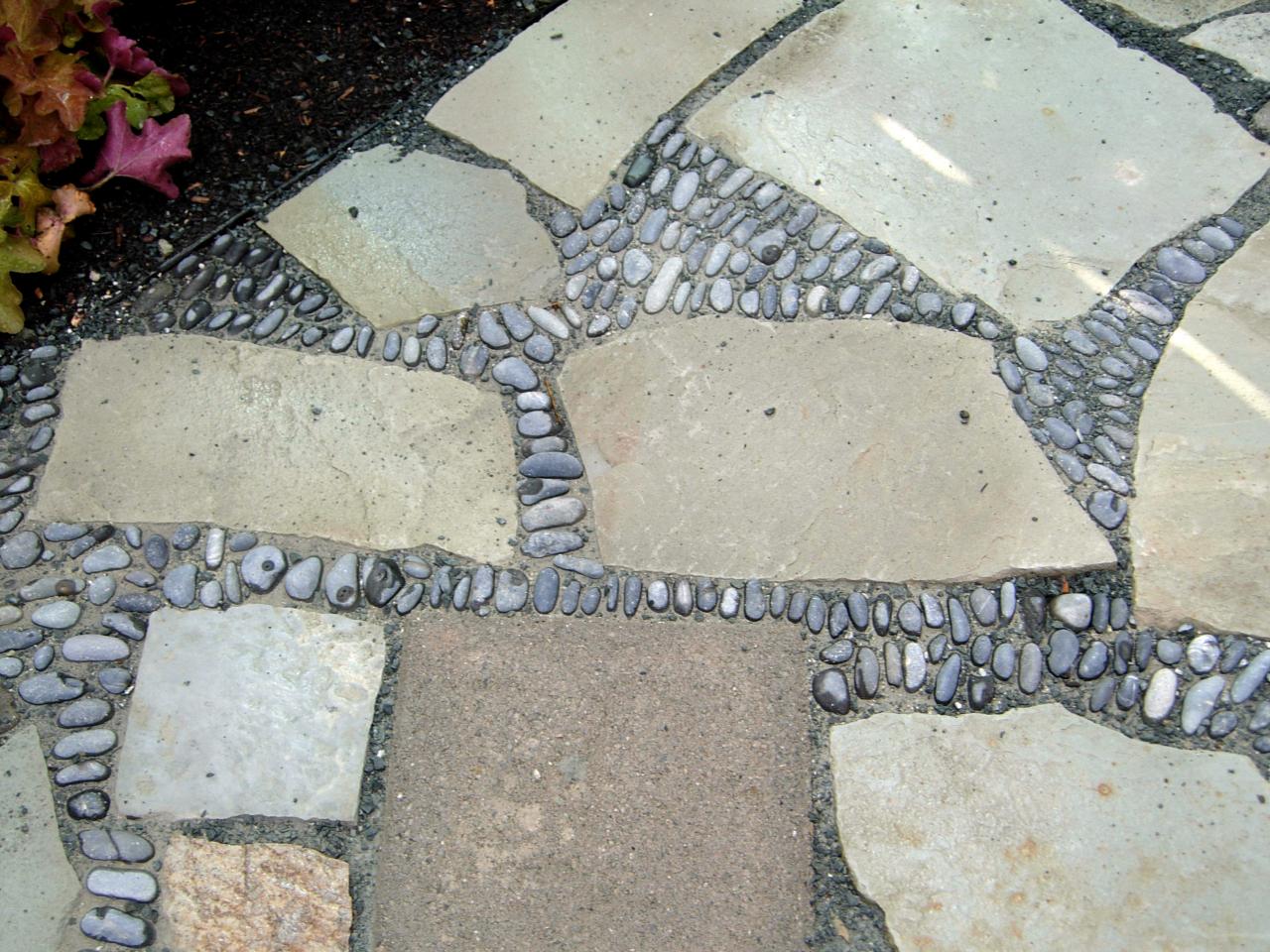

Outdoor Furniture
What To Put Between Patio Stones
Modified: March 7, 2024
Enhance your outdoor space with the perfect finishing touch. Discover creative ideas for filling the gaps between your patio stones with stylish outdoor furniture.
(Many of the links in this article redirect to a specific reviewed product. Your purchase of these products through affiliate links helps to generate commission for Storables.com, at no extra cost. Learn more)
Introduction
Welcome to the world of outdoor living! A well-designed patio is a great addition to any home, providing a space for relaxation, entertaining, and enjoying the outdoor ambiance. When it comes to creating a beautiful patio, one of the most important factors to consider is what to put between patio stones. The material you choose will not only impact the aesthetic appeal of your patio but also affect its stability and durability.
In this comprehensive guide, we will explore various options for filling the gaps between patio stones, including sand, gravel, polymeric sand, stone dust, and mortar. We’ll discuss the pros and cons of each option, as well as provide tips on when to use them. By the end of this article, you’ll have a clear understanding of which material is the best fit for your patio project.
Key Takeaways:
- Choose polymeric sand for a stable and durable patio, resisting weed growth and erosion. It offers customization options and a solid, secure surface.
- Consider leaving gaps unfilled for a natural, rustic look with easy maintenance and natural drainage. However, be mindful of potential weed growth and patio stability.
Read more: What To Put Under Patio Stones
Sand
When it comes to filling the gaps between patio stones, sand is one of the most common and affordable options. It is readily available at most home improvement stores and is relatively easy to work with. Here are the key points to consider when using sand as filler:
- Types of Sand: There are two main types of sand commonly used for patios: polymeric sand and regular sand. Polymeric sand is mixed with a binding agent that helps it harden when exposed to moisture, creating a more stable surface. Regular sand is a more traditional option but doesn’t have the binding properties of polymeric sand.
- Installation: To fill the gaps between patio stones with sand, start by ensuring that the surface is clean and level. Sweep the sand into the gaps, using a broom or brush to push it into place. Once the gaps are filled, use a compactor or tamper to firmly pack the sand. This will help prevent shifting and ensure a stable patio surface.
- Benefits: Sand provides a natural and aesthetically pleasing look. It allows for some flexibility, as the sand can shift slightly with changes in temperature and moisture. It also promotes drainage, preventing water from pooling on the patio surface.
- Drawbacks: One drawback of using sand is that it can be prone to erosion, especially in areas with heavy rainfall or strong winds. It may need occasional maintenance to replenish any washed-away sand. Regular sand may also require periodic reapplication to maintain its stability.
In summary, sand is a popular option for filling the gaps between patio stones due to its affordability and ease of installation. While it may require some maintenance over time, it provides a natural and flexible surface for your patio. Consider using polymeric sand for added stability and durability, especially in areas with challenging weather conditions.
Gravel
Another option for filling the gaps between patio stones is gravel. Gravel consists of small, smooth stones that come in various sizes and colors. Here are the key points to consider when using gravel as filler:
- Types of Gravel: There are different types of gravel available, such as pea gravel, crushed stone, and river rock. Pea gravel is a popular choice due to its small and rounded shape, providing a comfortable walking surface. Crushed stone is more angular and provides a stable base, while river rock offers a more decorative look.
- Installation: To fill the gaps between patio stones with gravel, start by preparing the surface. Remove any debris and ensure the area is level. Pour the gravel into the gaps, using a rake to spread it evenly. Use a tamper or compactor to compact the gravel, ensuring a firm surface. Add additional gravel as needed to fill any gaps.
- Benefits: Gravel provides a unique and rustic look to your patio. It is durable and resistant to erosion, making it a long-lasting filler option. It also allows for proper drainage, preventing water from pooling on the patio surface.
- Drawbacks: Depending on the size of the gravel, it may not fit tightly together, leaving some gaps between the stones. This can result in weed growth and require occasional maintenance. Gravel may also shift slightly underfoot, so careful placement and compaction are necessary.
In summary, gravel is a versatile option for filling the gaps between patio stones, offering a natural and textured look. It is relatively low maintenance and provides good drainage. Consider the type and size of gravel that best suits your patio design and desired aesthetic.
Polymeric Sand
Polymeric sand is an innovative material that offers several advantages for filling the gaps between patio stones. It is a mixture of sand and a binder that, when activated with water, hardens and creates a solid surface. Here are the key points to consider when using polymeric sand:
- Installation: To fill the gaps between patio stones with polymeric sand, first clean the surface and ensure it is dry. Pour the sand onto the surface, then use a broom or brush to sweep it into the gaps. Make sure the sand is evenly distributed and fills the gaps completely. Next, use a misting spray or light rainfall to activate the binder, allowing it to harden and secure the sand in place.
- Benefits: Polymeric sand provides several benefits for your patio. It creates a stable and rigid surface that resists weed growth, insect infestation, and erosion. It also helps to prevent the stones from shifting or settling over time. Additionally, polymeric sand is available in different colors, allowing for customization and enhancing the overall appearance of your patio.
- Drawbacks: While polymeric sand offers many advantages, it does have a few limitations. It is more expensive than regular sand and may require a bit more effort during installation. Additionally, unlike sand or gravel, polymeric sand cannot be easily removed or adjusted once it has hardened.
In summary, polymeric sand is a durable and effective option for filling the gaps between patio stones. It provides a solid and secure surface, minimizing maintenance and ensuring long-term stability. Consider using polymeric sand if you prioritize weed control, durability, and a professional finish for your patio.
When placing patio stones, use a layer of sand or gravel to fill the gaps between the stones. This will provide stability and prevent shifting over time.
Stone Dust
Stone dust, also known as stone screenings or rock dust, is a byproduct of crushing stones in quarries. It is fine in texture, similar to sand, but with smaller particles. Here are the key points to consider when using stone dust as filler between patio stones:
- Installation: To fill the gaps between patio stones with stone dust, start by ensuring that the surface is clean and level. Sprinkle the stone dust onto the surface, then use a broom or brush to sweep it into the gaps. You can also use a trowel or your fingers to press the dust down and ensure it fills the gaps completely.
- Benefits: Stone dust offers several advantages as a patio filler. It provides a stable and compact surface, reducing the chances of stones shifting or settling. Stone dust also acts as a natural weed barrier, preventing weed growth between the stones. Additionally, it is an eco-friendly option as it is a recycled material.
- Drawbacks: One drawback of using stone dust is that it can become dusty when dry, especially if it is loosely packed. This can make it appear untidy and may require occasional watering or dampening the surface to minimize dust. Additionally, stone dust may not be suitable for areas with heavy foot traffic as it can become less stable over time.
In summary, stone dust is a cost-effective and environmentally friendly option for filling the gaps between patio stones. It provides stability, weed control, and a natural appearance. Consider using stone dust if you are looking for a practical and sustainable filler material for your patio.
Read more: What To Put Between Patio Pavers
Mortar
Mortar is a type of binding material commonly used in construction and masonry work. It is a mixture of cement, sand, and water that hardens and provides a strong and durable bond between materials. Here are the key points to consider when using mortar to fill the gaps between patio stones:
- Installation: To fill the gaps between patio stones with mortar, first, prepare the surface by cleaning it and ensuring it is dry. Mix the mortar according to the manufacturer’s instructions, usually using a ratio of one part cement to three parts sand. Using a trowel or grout bag, apply the mortar into the gaps between the stones, ensuring it fills the gaps completely and forms a uniform surface. Remove any excess mortar from the stone surface using a damp sponge or cloth.
- Benefits: Mortar provides a solid and permanent bond between patio stones, creating a structurally stable surface. It offers excellent durability and can withstand heavy foot traffic and various weather conditions. Mortar also provides a seamless appearance, as the gaps between the stones are completely filled, resulting in a smooth and polished finish.
- Drawbacks: One drawback of using mortar is that it requires more effort and skill to install compared to other filler options. It is essential to mix the mortar properly and apply it evenly to ensure a strong bond. Additionally, mortar is less flexible than other fillers, which may result in cracking or shifting of the stones over time. It may also be more challenging to replace or repair if needed.
In summary, mortar is a reliable and long-lasting option for filling the gaps between patio stones. It provides a sturdy and aesthetically pleasing surface, ideal for areas with high foot traffic or where a seamless appearance is desired. Consider using mortar if you are looking for a permanent and professional solution for your patio.
Gaps without Filler
While using a filler material between patio stones is the usual practice, some homeowners opt to leave the gaps between the stones unfilled. Here are some points to consider when choosing to have gaps without filler:
- Aesthetic Appeal: Leaving the gaps between patio stones unfilled can create a natural and rustic look. It allows for the beauty of the stones to be showcased, enhancing the overall aesthetics of your patio. This option is especially popular for flagstone or irregular-shaped stones.
- Natural Drainage: Gaps without filler promote natural water drainage. Without a filler material, rainwater can easily seep between the stones and be absorbed into the ground. This can help prevent water from pooling on the patio surface and potentially causing damage.
- Easy Maintenance: One advantage of having gaps without filler is the reduced maintenance required. Since there is no material to replenish or maintain, you won’t have to worry about sweeping or replacing filler that may get displaced over time.
- Weed Growth: One downside of leaving gaps without filler is the potential for weed growth. Weeds can find their way into the gaps and may require regular removal to keep the patio looking neat and tidy. This can be mitigated by using a weed barrier beneath the patio stones or applying a weed-killing solution as needed.
- Safety and Stability: It’s essential to consider the safety and stability of your patio when choosing to leave the gaps unfilled. Without a filler material, there is a greater risk of stones shifting or becoming uneven, which can pose a tripping hazard. Proper installation and regular inspection of the patio are necessary to ensure its stability.
In summary, leaving the gaps between patio stones unfilled can create a charming and natural look for your outdoor space. It provides easy maintenance and promotes natural drainage. However, it’s important to consider the potential for weed growth and the stability of the patio before deciding on this option.
Conclusion
Choosing the right filler material for the gaps between your patio stones is crucial to creating a beautiful, stable, and long-lasting outdoor space. Each option – sand, gravel, polymeric sand, stone dust, mortar, or leaving the gaps unfilled – offers its own advantages and considerations.
If you prefer a natural and flexible look, sand or gravel may be the perfect choice for your patio. They are affordable, easy to install, and provide good drainage. However, they may require occasional maintenance to prevent erosion or shifting.
If stability and durability are your top priorities, polymeric sand or mortar are excellent options. Polymeric sand creates a solid and secure surface that resists weed growth and erosion. It is available in various colors, allowing for customization. On the other hand, mortar provides a permanent bond and a seamless appearance, ideal for areas with heavy foot traffic.
Stone dust offers a cost-effective and eco-friendly alternative, providing stability and weed control. It is a low-maintenance option with a natural look. However, it may become dusty when dry, requiring occasional watering or dampening to minimize dust.
Lastly, leaving the gaps between patio stones unfilled creates a rustic and natural aesthetic and promotes natural drainage. It requires minimal maintenance but may be prone to weed growth and requires careful consideration of stability and safety.
When choosing the filler material for your patio, consider factors such as your desired aesthetic, maintenance preferences, budget, and the specific requirements of your outdoor space. Ultimately, the right choice will depend on your unique needs and preferences.
Regardless of the filler material you choose, ensure that the patio stones are properly installed and leveled to guarantee a stable foundation. Regular inspection and maintenance will also help prolong the life and beauty of your patio.
We hope this comprehensive guide has provided you with valuable insights to help you make an informed decision about what to put between your patio stones. Whether you opt for sand, gravel, polymeric sand, stone dust, mortar, or gaps without filler, may your patio become a delightful outdoor oasis for you to enjoy for years to come!
Frequently Asked Questions about What To Put Between Patio Stones
Was this page helpful?
At Storables.com, we guarantee accurate and reliable information. Our content, validated by Expert Board Contributors, is crafted following stringent Editorial Policies. We're committed to providing you with well-researched, expert-backed insights for all your informational needs.
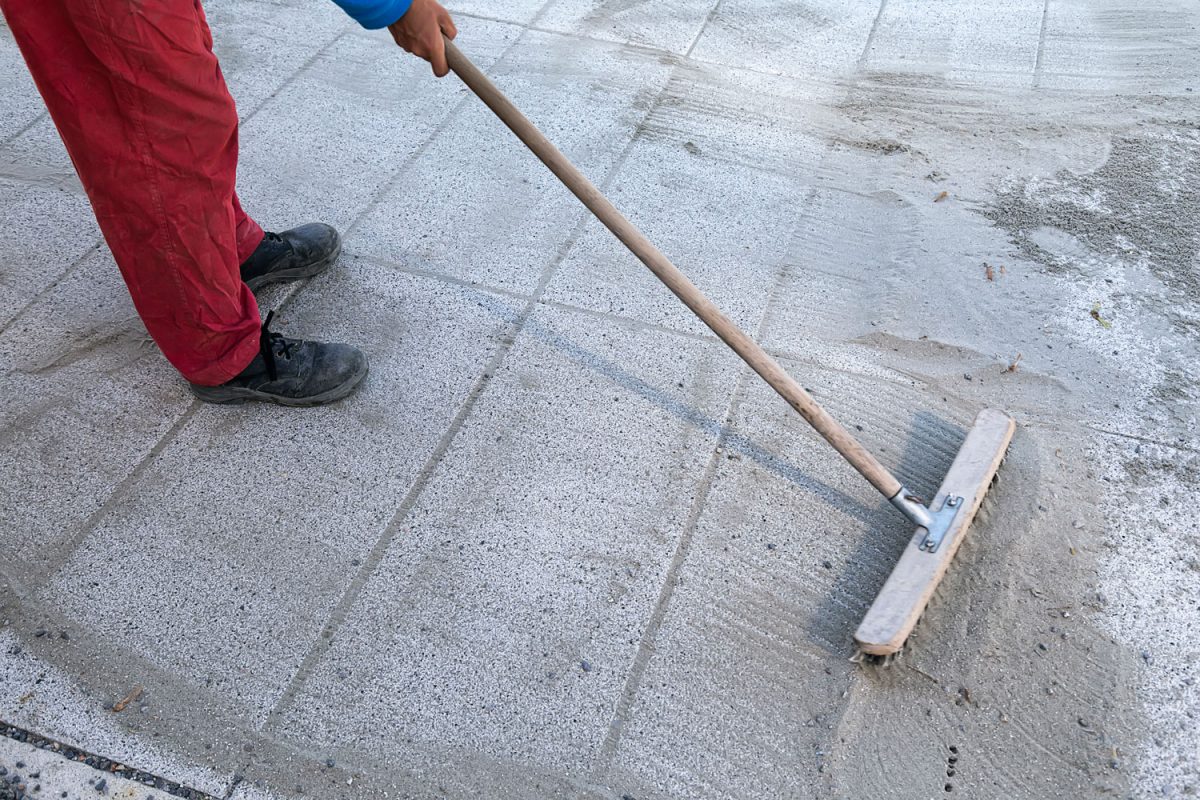


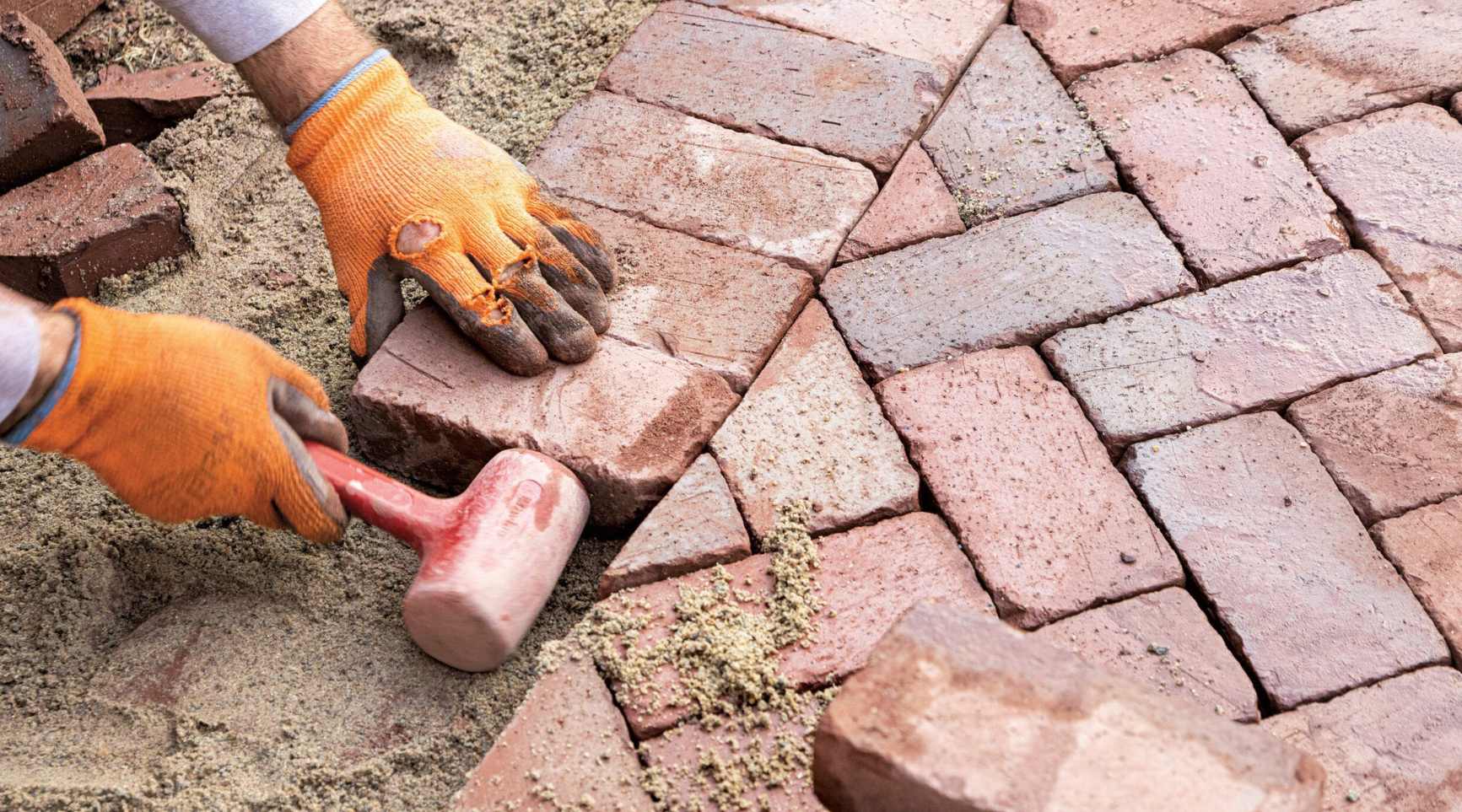




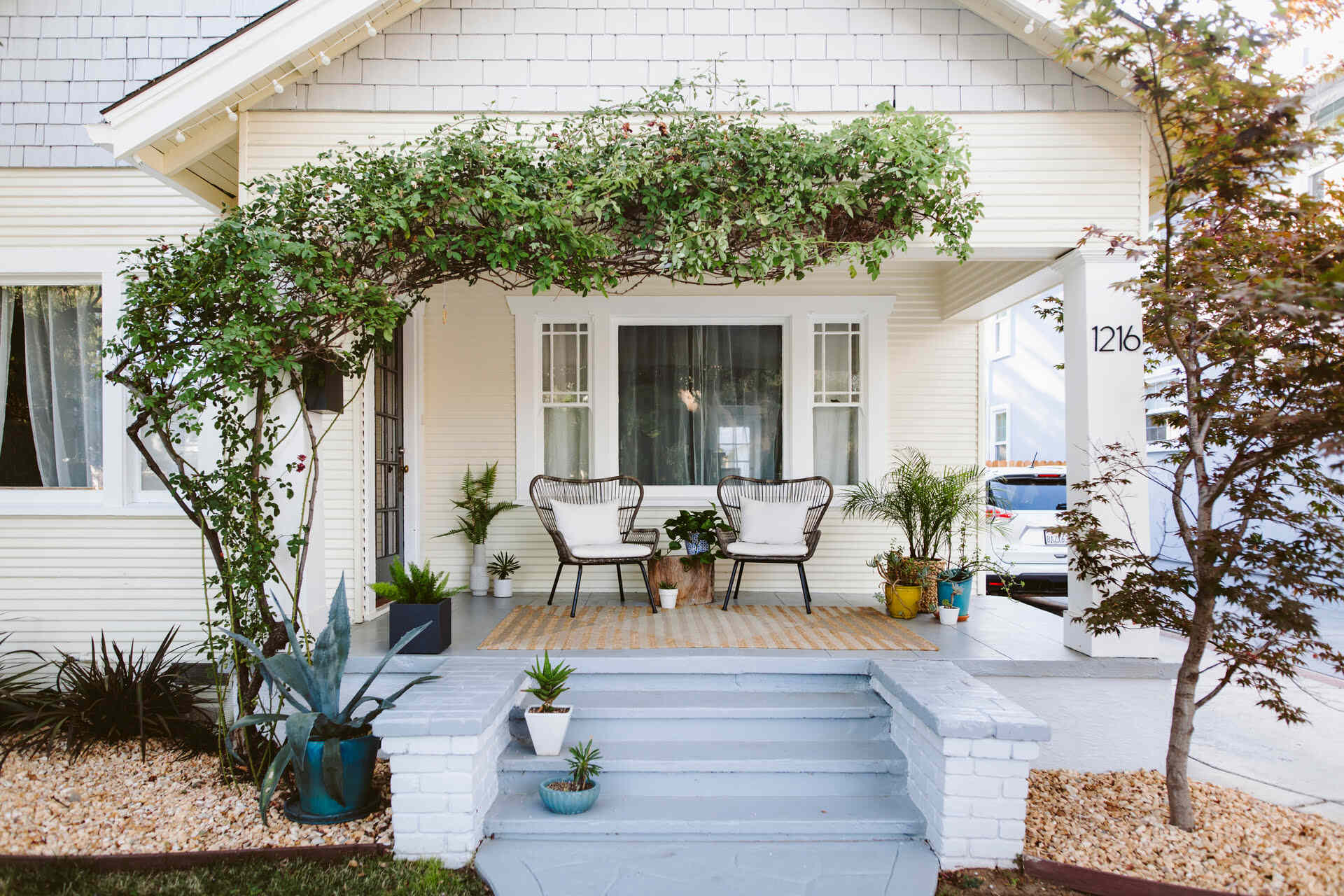



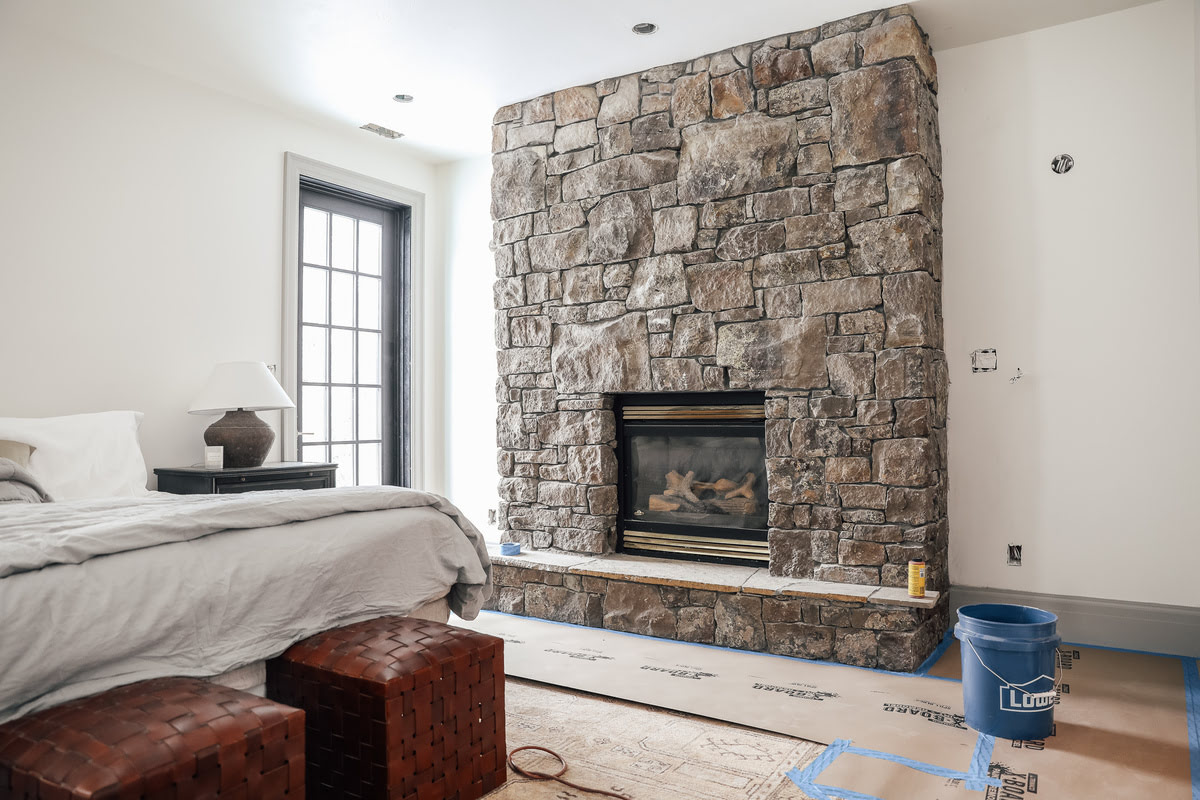
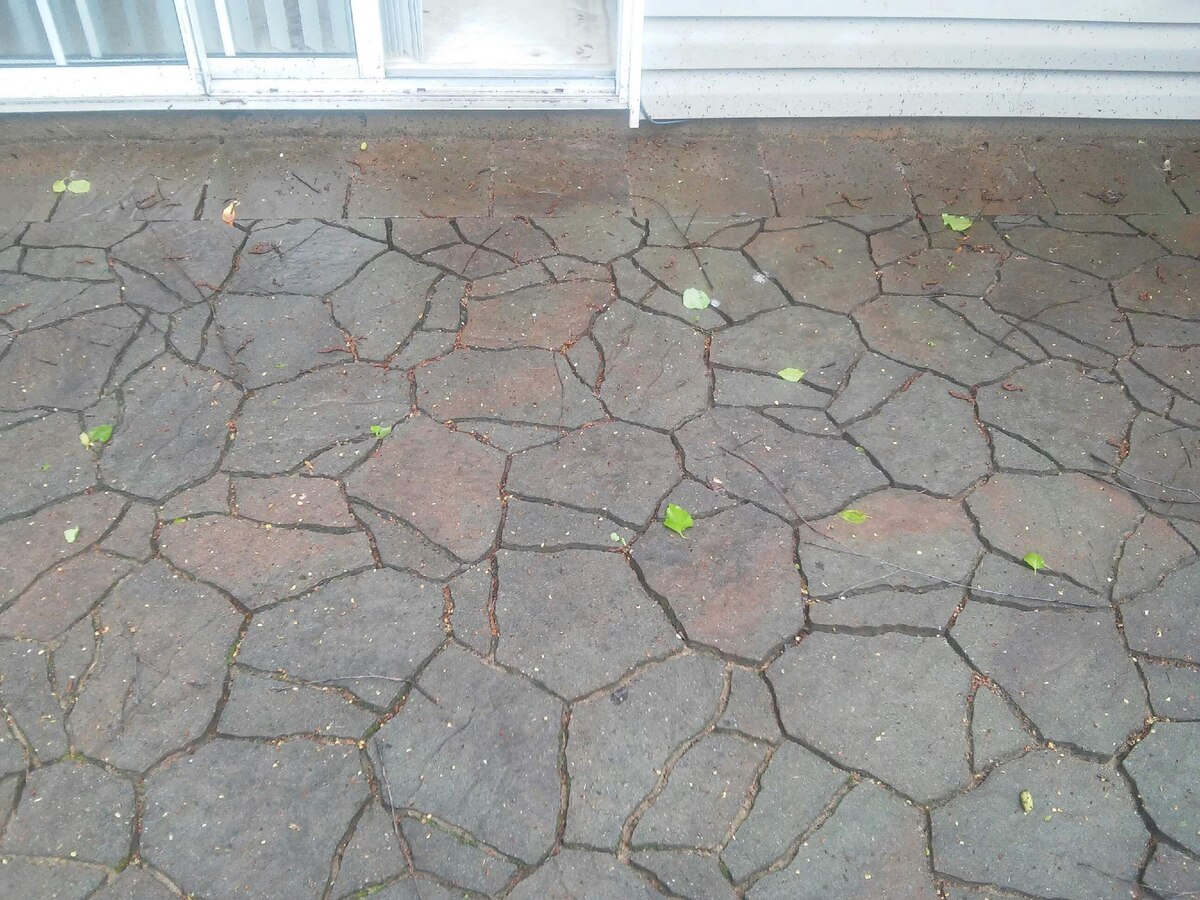

0 thoughts on “What To Put Between Patio Stones”